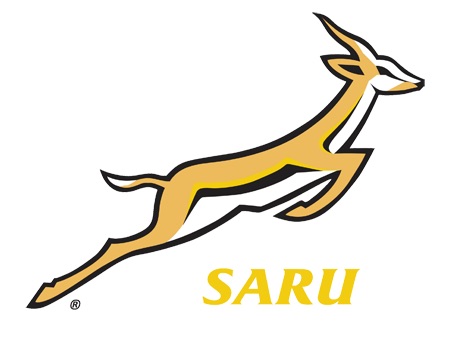Law variations and changes for 2016
Here is a summary of law variations and slight changes to existing laws that will come into play this season:
- Mauls:
When a team forms a maul and the ball is taken from the ball-carrier, the new ball-carrier is not allowed to slip to the back, carrying the ball. That is obstruction. To get the ball to the back, the ball will have to be handed back.
- Penalty taken when time is up:
When time has elapsed in either the first half or second half of a match, but a team is penalised, the non-offending team will be allowed to kick the ball into touch and have the lineout. This makes the kick to touch and subsequent line-out part of the penalty. The same applies if non-infringing team opts for a scrum instead of penalty.
- Scrums:
When a scrum wheels through 90 degrees, the referee stops the scrum. If he is unsure of the cause of the wheel, he awards a new scrum with the same team to throw the ball in. (Previously the throw-in at the second scrum following the wheeled scrum always went to the team not in possession when the referee stopped the scrumming).
The scrumhalf of the team not winning a scrum is not allowed to step into the gap between the flank and the lock or No.8, the ball remains his offside line. That scrumhalf is also not allowed to touch players in the opposing scrum. (The law at present says he is not allowed to ‘grasp’. Now it is ‘touch’).
- Rucks:
A collapsed ruck, remains a ruck. If a player attempts to step through a collapsed ruck, he is liable to be penalised.
- Ball in touch:
If a player jumps from inside the field of play and catches the ball before it reaches the plane of touch and he then lands in touch, the player catching the ball will be deemed to have taken it into touch and the line-out will be awarded to the other team.
If a player jumps from inside the field of play and catches the ball beyond the plane of touch and he then lands in touch, his team will be awarded the throw-in at the line-out.
If a player in touch, jumps and catches the ball after it has crossed the plane of touch and he then lands in the field of play, the ball is out.
If a player in touch jumps and catches the ball before it reaches the plane of touch and lands in the field of play, play goes on.
If a player in the field of play, leans over the plane of touch to catch the ball which has crossed the plane of touch and he drops the ball, the throw-in belongs to the kicker’s team.
- Quick throw-in:
If a defending team takes a quick lineout when the ball has been kicked into touch outside the 22 – but has rolled on beyond the imaginary extension of the 22m line – they may kick directly into touch and the lineout will take place where the ball went out. (Previously the lineout would have taken place in line with where the kick was taken).
However, if, in a similar scenario, a defender picks up the ball in touch before it crosses the imaginary extension of the 22m line, and then runs back into his 22 before throwing to a teammate who kicks out on the full, the lineout will take place opposite the place where the kick was made.
Related Posts
« Schalk Brits get three weeks Jaguares team announced for cat fight in Bloem »



















